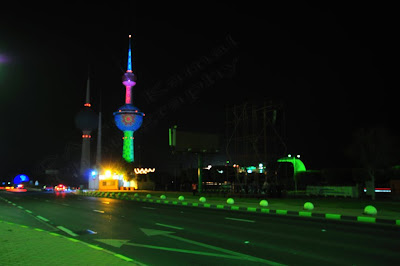What’s secret of indoor photography?
Why your images turn out as if 5 years old has taken them or blurry darken images?
The common problem with indoor photography is the lighting and blurry images. Many times we compose the shot and believe that we have adequate lighting to light up our scene. However, what is happening in reality is that the shutter slows down to compensate for the low lighting conditions. As movement occurs on the scene, the movement is blurred and images look like dark streaks in a basement.
The second common problem with indoor photography is that they are too dark or what we called in photography terms “underexposed”. Indoor photography requires just as much as daylight conditions. It can be very difficult to replicate daylight conditions when doing your indoor photography, because we may not have access to the lighting that’s needed.
Here we are forcing to take the maximum advantages of the camera settings and the artificial light up techniques.
Some bright Ideas --- for indoor photography:
Eliminating The "Halo Effect.": Move your subjects away from the wall. By doing so you help eliminate the halo shadows that pop out of your subject and make them appear larger than they are. This annoying effect occurs when your flash goes off, only the shadow won't be evident until after you have taken the picture.
Diffuse Light: When taking photos with artificial light you may run into a problem with shadows. One way to avoid this is to use some sort of diffuser such as white paper. Simply place it in front of your light source to soften the glare. You could also use tin foil wrapped around some cardboard or a cooler lid. Remember to place your light source on one side of your subject and the reflector on the other--this will soften any shadows caused by your light.
Control Your Flash: If you are taking a picture in a room with poor lighting and you have your camera set on auto everything your flash will likely engage. However, in most cases while the flash will help light up your subject it probably won't do much to illuminate the background. What's more, if your subject has black hair or is wearing dark clothing you might create a "floating head effect.' To avoid this have your subject move closer to the wall. This will give your flash the chance to light up a bit more than just your subject's face.
Removable Flash: If your camera comes with a removable flash try aiming the flash at the ceiling when you are shooting indoors. The light from the flash should bounce off the ceiling and in turn light your subject from above rather than from the front.
Utilize the Window Light :
Natural light will always be the best light, so whenever possible position your child near a window to take advantage of the natural light pouring into your home through the windows. Here are some tips on using this kind of light:
1. Avoid using windows where the light streams in directly creating harsh shadows; instead, pick a window where the incoming light is more diffused and indirect;
2. Position yourself with your back to the window and then turn the child so she faces mostly head-on into the window, with some of the light spilling over on the side of her face;
3. When necessary, use a reflector or fill flash to fill in the side of the child’s face that may be in shadow.
Here i have attached few sample images which i have taken with the support of a master flash, a remote flash and a reflector. "ohh... i forget to say about the model, she is the one & only my little princess... :)".



































